#tent caterpillar
Photo

@robinsoninspace submitted: I saw this caterpillar sat in the middle of a path. I’ve never seen one like it before. I’m having trouble trying to work out what it is. Do you have any idea? It’s in the UK. Thank you for running this wonderful blog.
What a beautiful friend! It’s a tent caterpillar known as the lackey, Malacosoma neustria. We have a few similar species here in the states that also have the pretty blue markings :)
215 notes
·
View notes
Text

Tent caterpillar moth
By: Frank E. Lutz
From: Natural History Magazine
1936
#tent caterpillar#moth#insect#arthropod#invertebrate#1936#1930s#Frank E. Lutz#Natural History Magazine
57 notes
·
View notes
Text
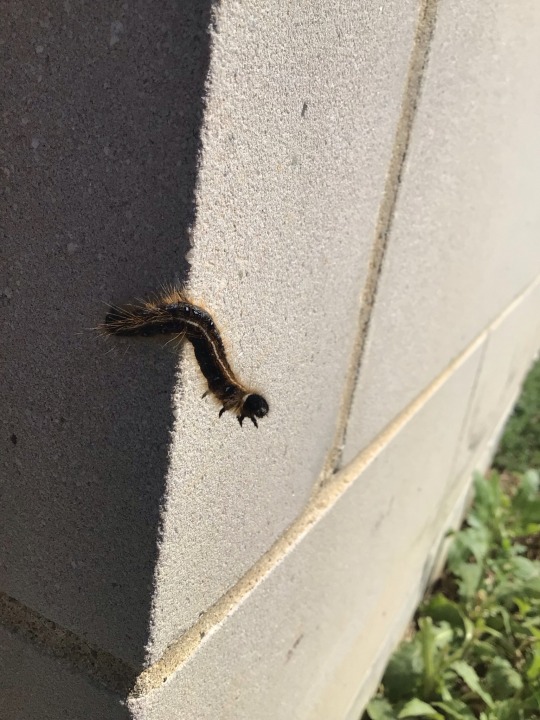
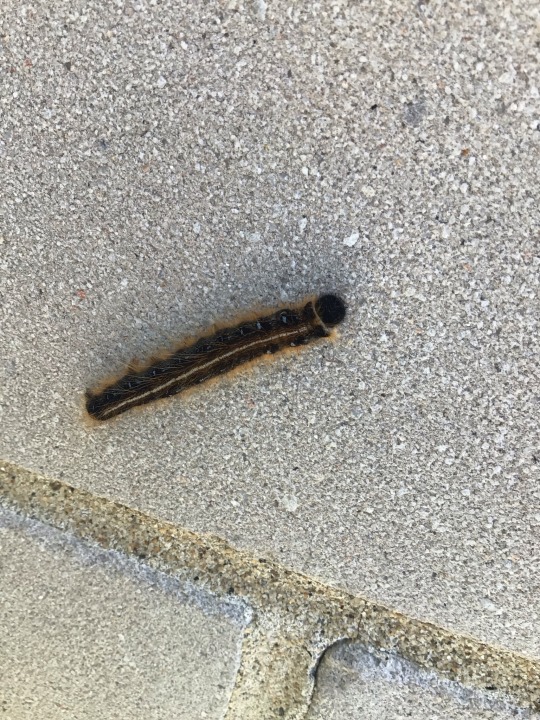
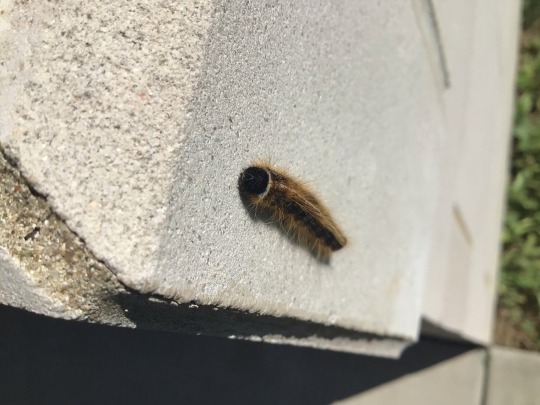
This beautiful little creature is the larval form of the malacosoma americanum, AKA the Eastern Tent Caterpillar!
It gets its name from its ability to create large tent webs, which groups of the caterpillars will use as a nest.
#caterpillar#moth#bugs#insects#nature#photography#entomology#tent caterpillar#I love this little fella
12 notes
·
View notes
Text

This wasn’t the hike I had in mind 🐛🍃🕸️
4 notes
·
View notes
Text
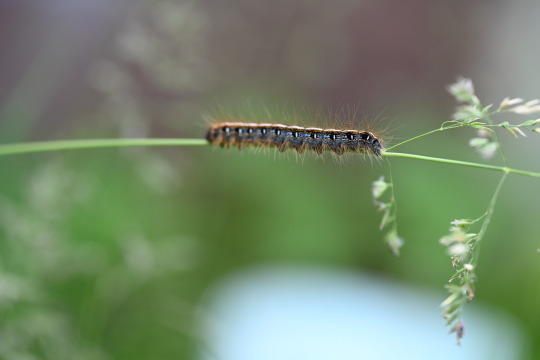



Eastern tent caterpillar, named for the way they “tent” and entire canopy in webs and nest inside devouring it until only bare branches remain.
#photography#photographers on tumblr#my photo#nature photography#macro photography#wildlife photography#caterpillar#tent caterpillar#fuzzy
2 notes
·
View notes
Photo

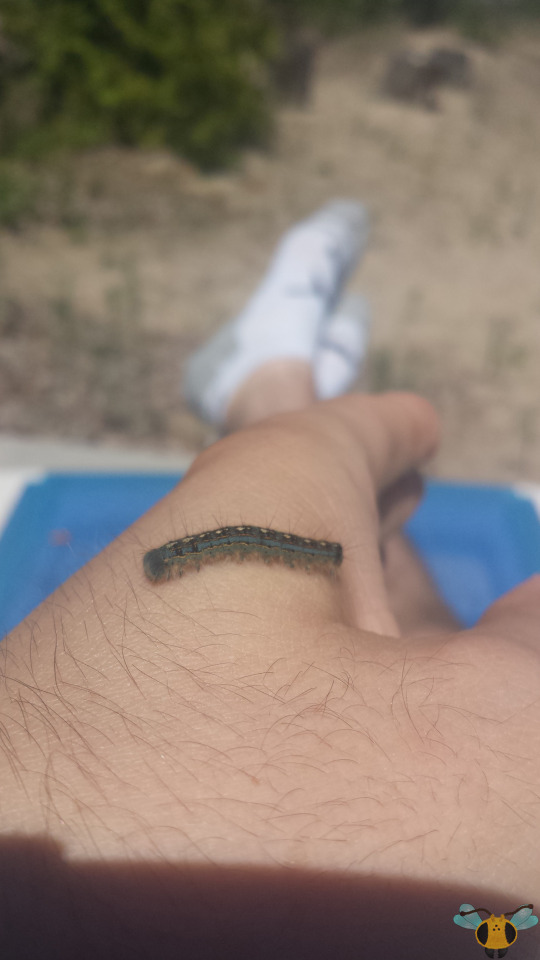
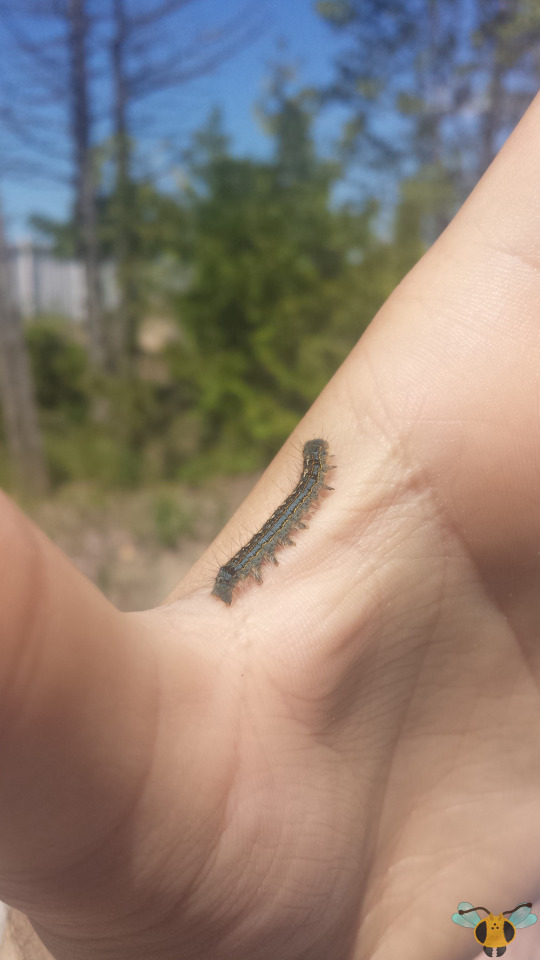
Eastern Tent Caterpillar and Forest Tent Caterpillar - Malacosoma americana & Malacosoma disstria
At first glance, these two insects might be mistaken for each other, leading to much confusion and speculation over how worried one should be over the surrounding foliage! So, which insect is which? Picture 1 gives a glimpse at the Eastern Tent Caterpillar while Pictures 2 and 3 are of the Forest Tent Caterpillar. They easiest way to tell them apart is to look at the line going across their backs from head to abdominal tip. The Eastern Caterpillar’s dorsal line is a firm, solid line while the Forest Caterpillar’s line is separated across body segments. Furthermore, the Forest Caterpillar’s body has the appearance of greater predominance of blue while the Eastern Caterpillar’s blue is more obscured by the hairs (with golden hues) dotted along the body. Finally, the Eastern Caterpillar has a dark colored face and the Forest Caterpillar has a bright face of a bluish hue. Those are the physical differences, but there are also differences in their nesting habits which are discussed below. For now, whichever Caterpillar you find on your travels, handle with care as the hairs have the potential to be irritating on contact with skin. Nothing happened to me when I handled the Forest specimen, but I still advice caution. When it comes to hairy Caterpillars and their effects, there’s a world of difference between Woolly Bears and White-Marked Tussock Caterpillars! The insects of today’s post are somewhere in the middle. Now about those nesting habits...
When it comes to Tent Caterpillars, they are quite social and tend to group up within silken structures (sadly not seen here) near to the foliage they eat. Unlike Spindle Moth Caterpillars which use their silk to bind plants together, Tent Caterpillars use available structures on trees and plants as foundations foor their silk. Eastern Caterpillars spin true tents to live in that are among the largest within Lasiocampidae (a Moth family branch), while Forest Caterpillars create mats and paths with their silk, lining trees with that for adhesion while they feed. The former do share some habits of nest construction with the aforementioned Spindle Caterpillars: build it with sunlight in mind to ensure beneficial heat, and use the nest to avoid predation. However, these Caterpillars here may have gotten lost or fell from their tree. What you see in the pictures before you isn’t the norm, which tends to be outbreaks that congregate on foliage, leading to voracious feeding! Isolation tends to happen when it’s time to pupate (grouping up while in a vulnerable state would just be an invitation for a hungry predator) or if individuals fall from a tree when silk production thins out , especially for the Forest Caterpillar. Silk may thin out temporarily, but on the final instar, every bit of silk that was conserved goes into cocoon production.
The Forest Tent Caterpillar’s pictures were taken on July 2, 2016 in Wasaga and the Eastern Tent Caterpillar’s picture was taken June 10, 2017 at the Royal Botanical Gardens; both insects were captured with a Samsung Galaxy S4. Next week, a third Caterpillar making a guest appearance in the Eastern Tent Caterpillar’s picture (the Fall Cankerworm) will be explored.
#jonny’s insect catalogue#ontario insect#caterpillar#eastern tent caterpillar#forest tent caterpillar#eastern tent caterpillar moth#forest tent caterpillar moth#tent caterpillar#moth#lepidoptera#insect#wasaga#royal botanical gardens#july2016#2016#june2017#2017#nature#entomology#fall cankerworm#invertebrates
5 notes
·
View notes
Text

Just saw this little guy outside. I've been seeing the webs everywhere, but this is the first actual tent caterpillar of the season I've spotted!
1 note
·
View note
Text
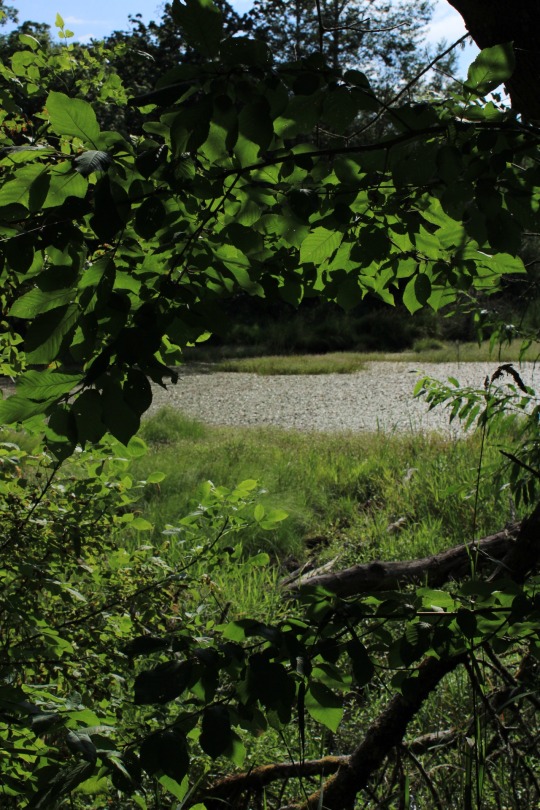


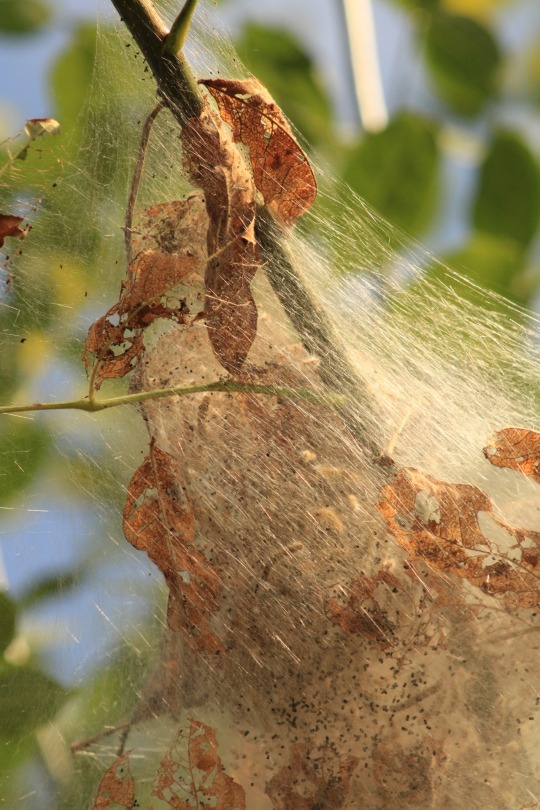
My favorites from today, love the first ones lighting but its so noisy lol
0 notes
Text
Moth Of The Day #187
Forest Tent Caterpillar Moth
Malacosoma disstria
From the lasiocampidae family. They have a wingspan of about 30 mm. They are native to North America.
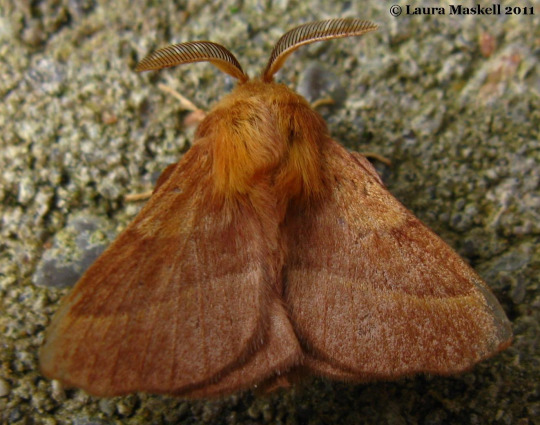

[Images source]
#moth#moths#lepidopterology#lepidoptera#nature#pretty moth#insect#bugs#moth of the day#motd#lepidoptery#entomology#bugblr#bug#invertebrates#cool bugs#insects#lasiocampidae moth#lasiocampidae#forest tent caterpillar moth#malacosoma disstria
337 notes
·
View notes
Photo
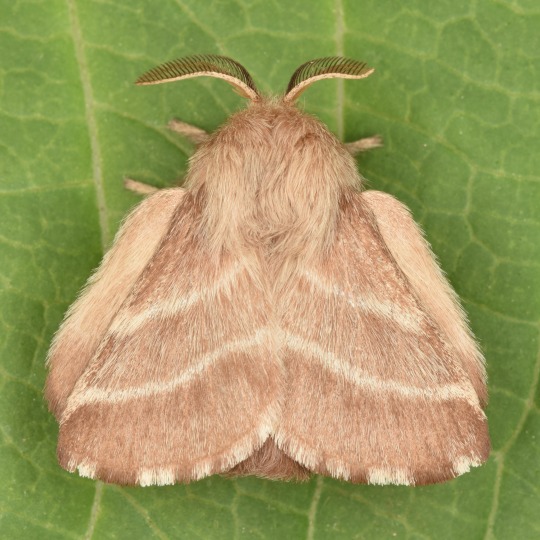


Eastern Tent Caterpillar Moth - Malacosoma americana
483 notes
·
View notes
Text



@roostercheese submitted: I found this lil fella on a park bench so i moved him to a shadier area with shrubbery but i was curious what species it may be location is nw oregon in the costal range
What a lovely child! It’s a western tent caterpillar, Malacosoma californica :)
#submission#animals#insects#bugs#moth#caterpillar#larva#tent caterpillar#western tent caterpillar#western tent caterpillar moth
47 notes
·
View notes
Text
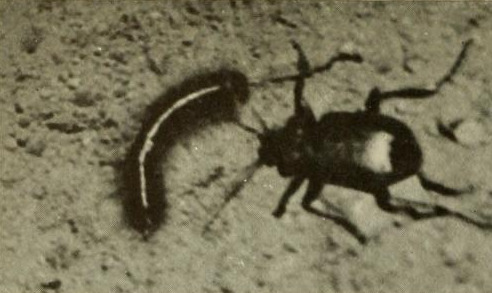
Tent caterpillar meets a caterpillar hunter (Calosoma sp.)
By: Frank E. Lutz
From: Natural History Magazine
1936
#tent caterpillar#moth#insect#arthropod#invertebrate#ground beetle#beetle#1936#1930s#Frank E. Lutz#Natural History Magazine
28 notes
·
View notes
Text
today i found the lovely lady that has probably been eating all the sphinx moth caterpillars in my snapdragons

#spiders#i’m tentatively identifying her as a flower crab spider? but i’m not 100% sure#a bit sad about the caterpillars but i’m glad i can provide food for her <3#she’s probably been doing me a favor by eating all the mites too
90 notes
·
View notes
Text

Nature's Marvels. Text by Lucy Berman. Illustrations by Roy Coombs. 1971.
Internet Archive
265 notes
·
View notes
Text
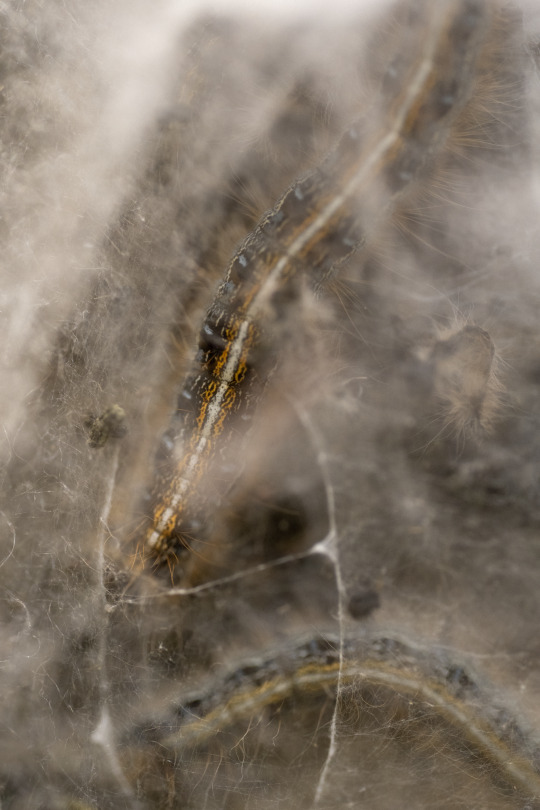




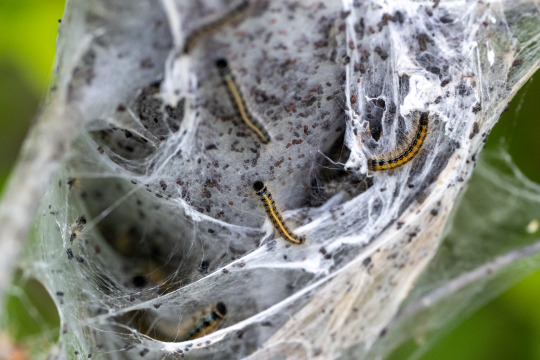
Eastern tent caterpillar progression and decay
#photography#photographers on tumblr#my photo#nature photography#macro photography#wildlife photography#tent caterpillar#caterpillar#best#web
1 note
·
View note
Text

A little lad visited today
12 notes
·
View notes